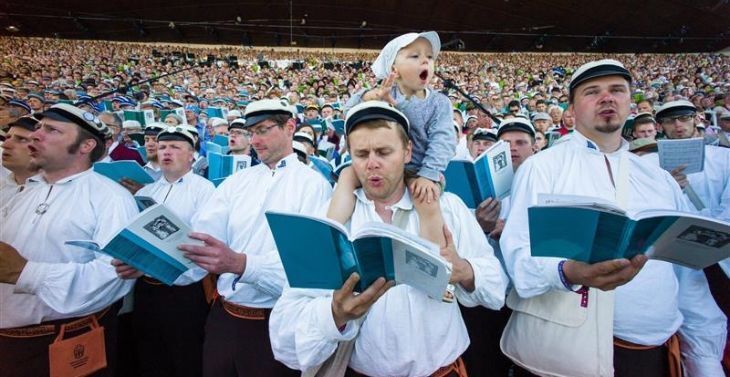Photo by Ilmars Znotins
Here are some ways in which compassion and the arts are interconnected:
- Expression of Emotions: The arts, including visual arts, music, dance, theater, and literature, provide a powerful medium for expressing and evoking emotions. Artists often create works that elicit compassion by portraying human experiences, struggles, and triumphs. Through their art, artists can foster empathy and create a connection between the audience and the subject matter, promoting a deeper understanding of others' experiences.
- Cultivating Empathy: Compassion involves the ability to understand and share the feelings of others. Engaging with the arts, whether as creators or observers, can cultivate empathy by offering different perspectives, challenging biases, and fostering a sense of connection with diverse human experiences. The arts can help individuals develop a greater capacity for compassion and a more profound appreciation for the human condition.
- Social Commentary and Activism: Art has often been a powerful tool for social commentary and activism. Artists use their creative expressions to shed light on social injustices, inequalities, and the suffering of marginalized communities. Through their work, artists can inspire compassion, raise awareness, and encourage viewers to take action and promote positive change.
- Healing and Therapeutic Benefits: The arts have been widely recognized for their healing and therapeutic benefits. Engaging in artistic activities, such as music therapy, art therapy, or dance therapy, can help individuals cope with trauma, reduce stress, and promote emotional well-being. The creative process can foster self-expression, self-reflection, and personal growth, leading to increased empathy and compassion for oneself and others.
- Creating Spaces for Dialogue and Understanding: Artistic performances, exhibitions, and cultural events can create spaces for dialogue, reflection, and understanding. They bring people together, fostering connections and conversations around shared experiences and emotions. These interactions can bridge divides, challenge stereotypes, and promote compassion by promoting dialogue, empathy, and mutual respect.
- Inspiring Social Change: Art has the power to inspire social change by challenging dominant narratives, sparking conversations, and mobilizing collective action. Artists often use their platforms to advocate for social justice, human rights, and compassion. Artistic expressions can ignite empathy and motivate individuals and communities to work towards a more compassionate and equitable society.


